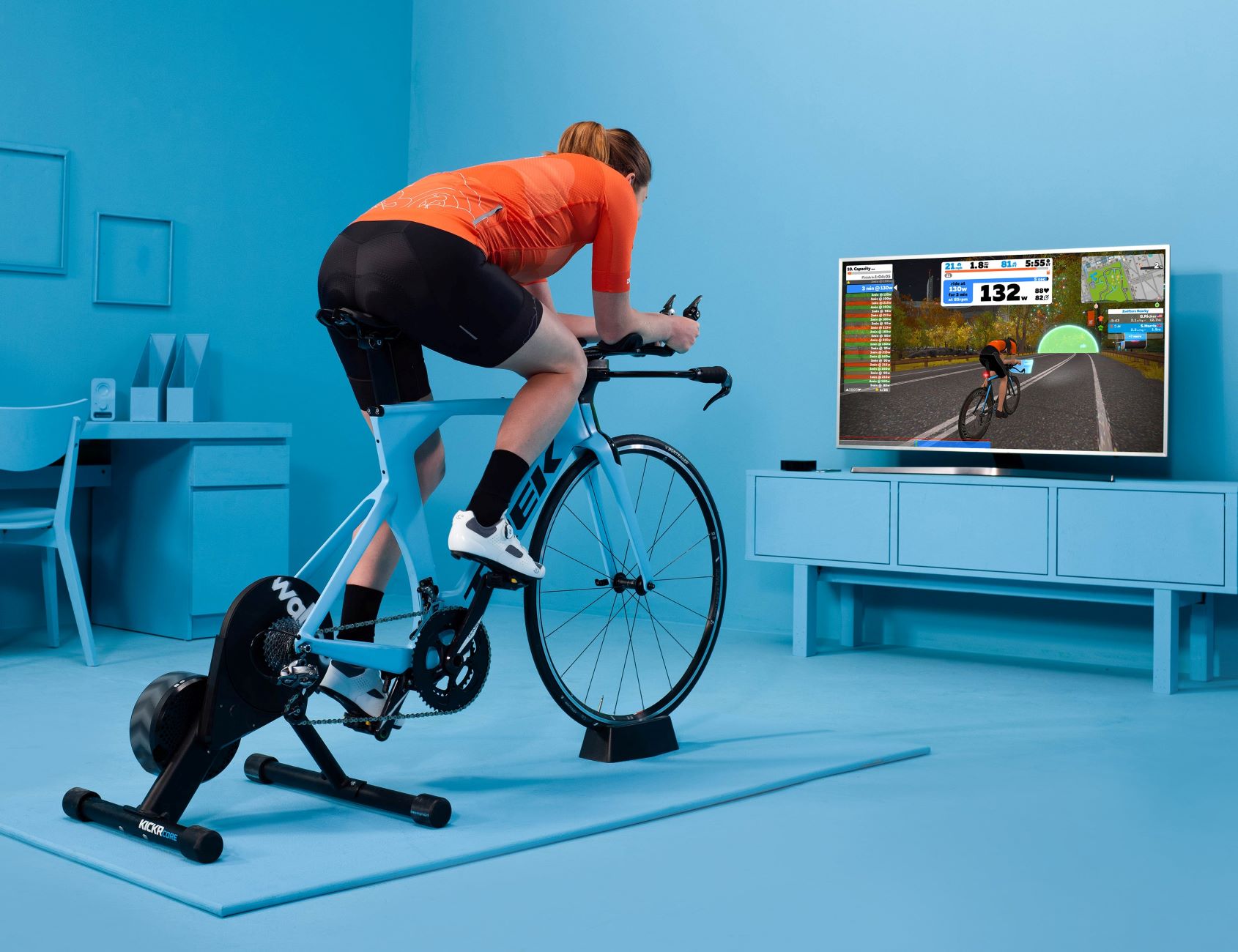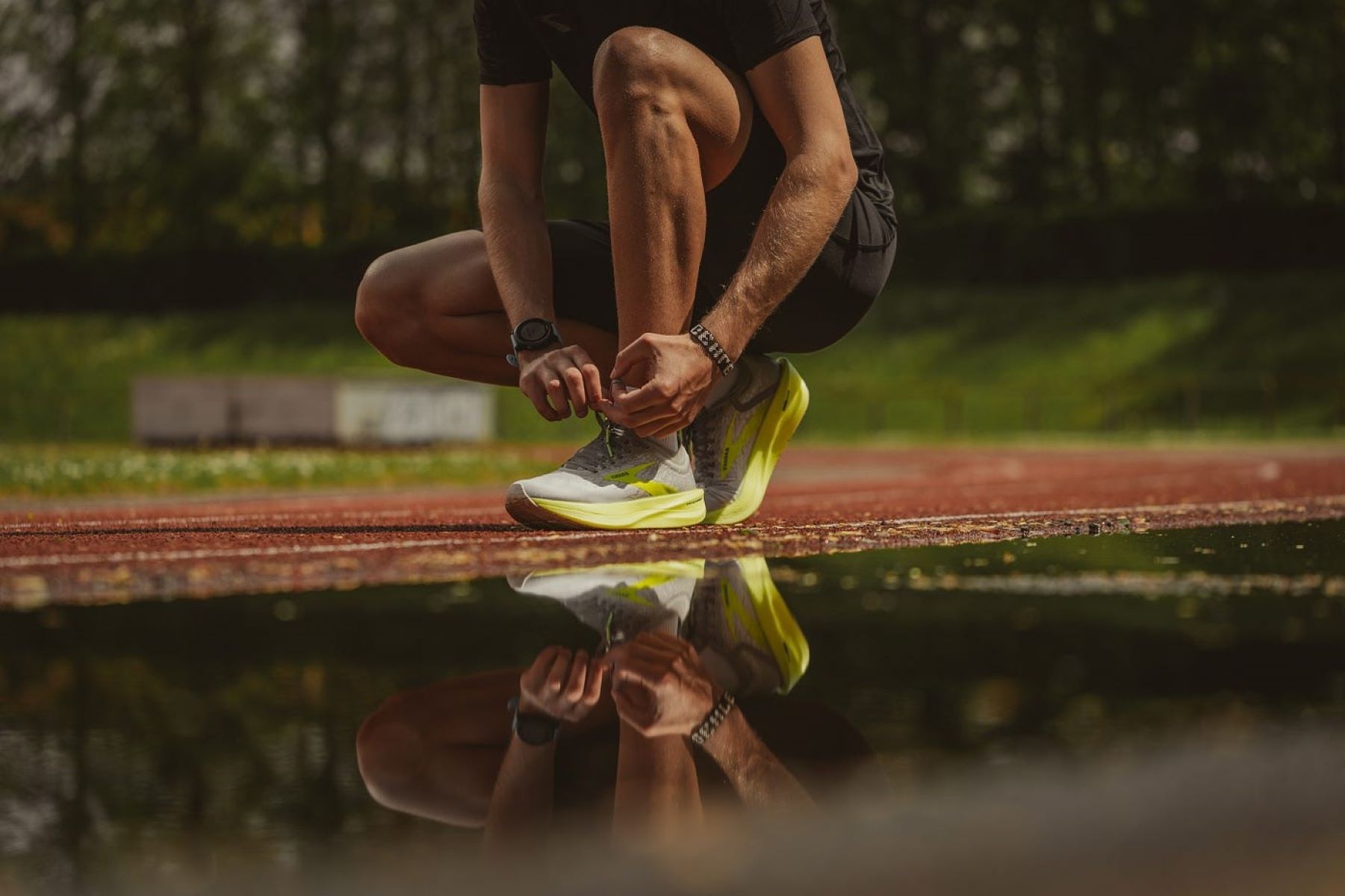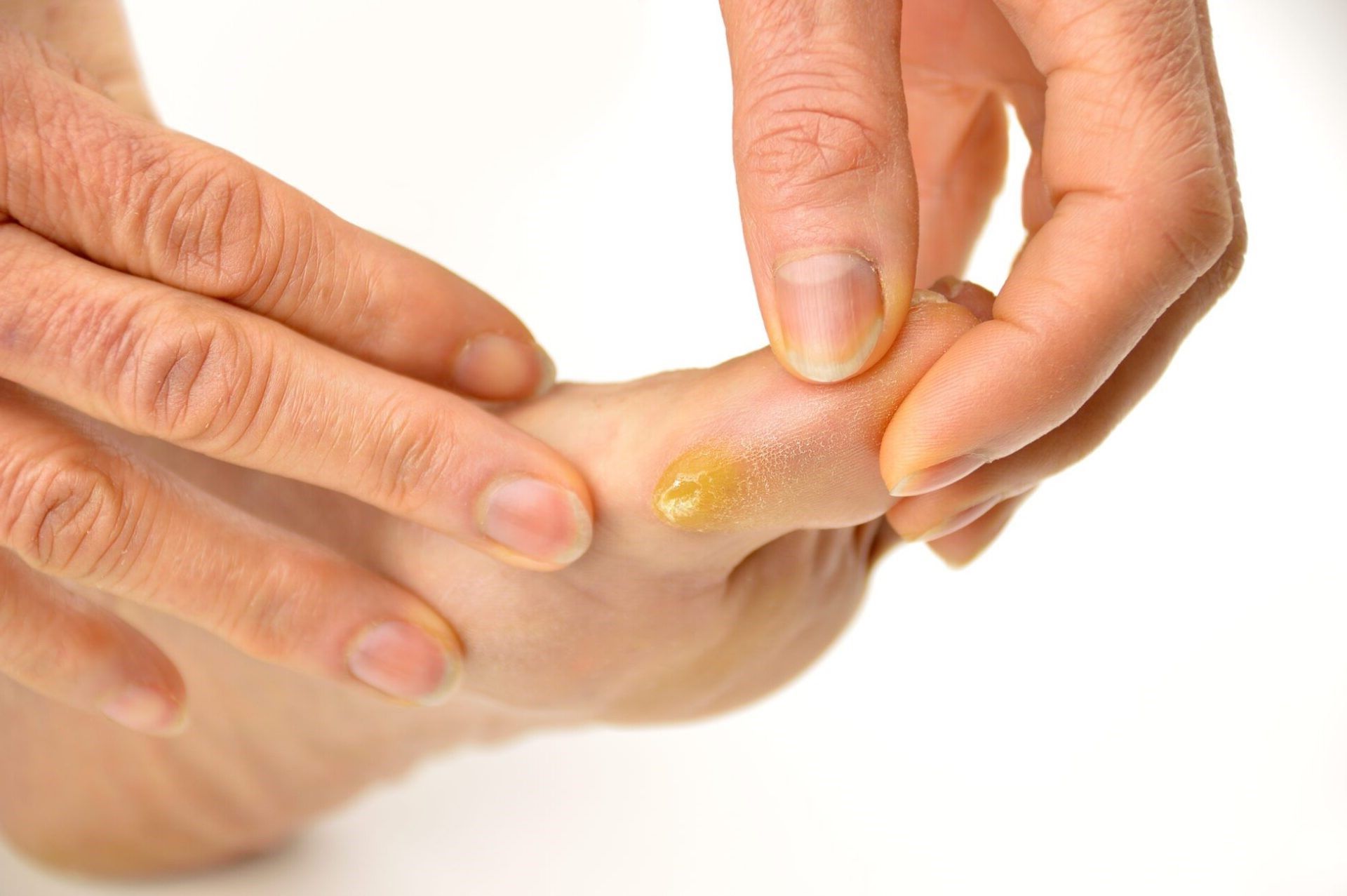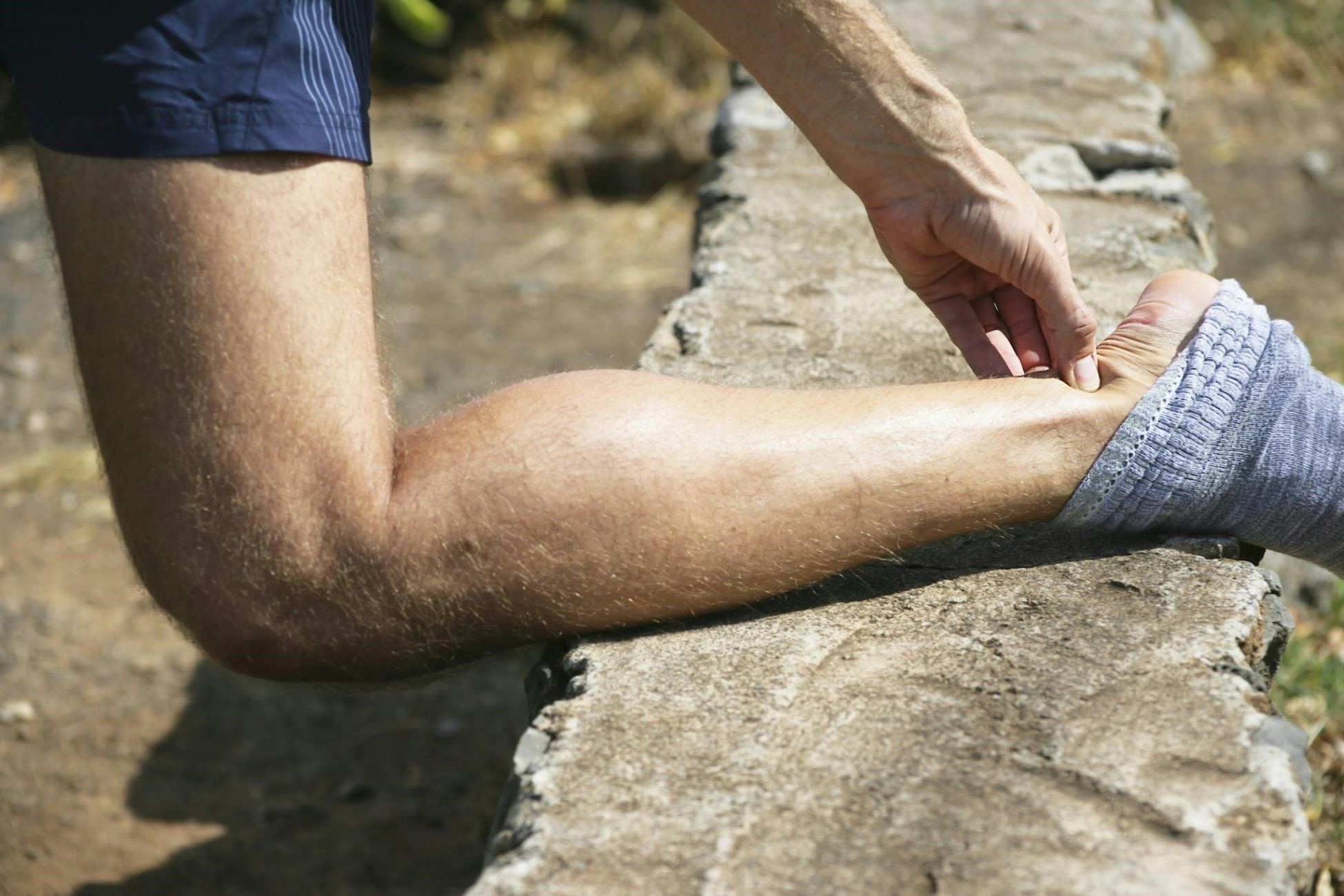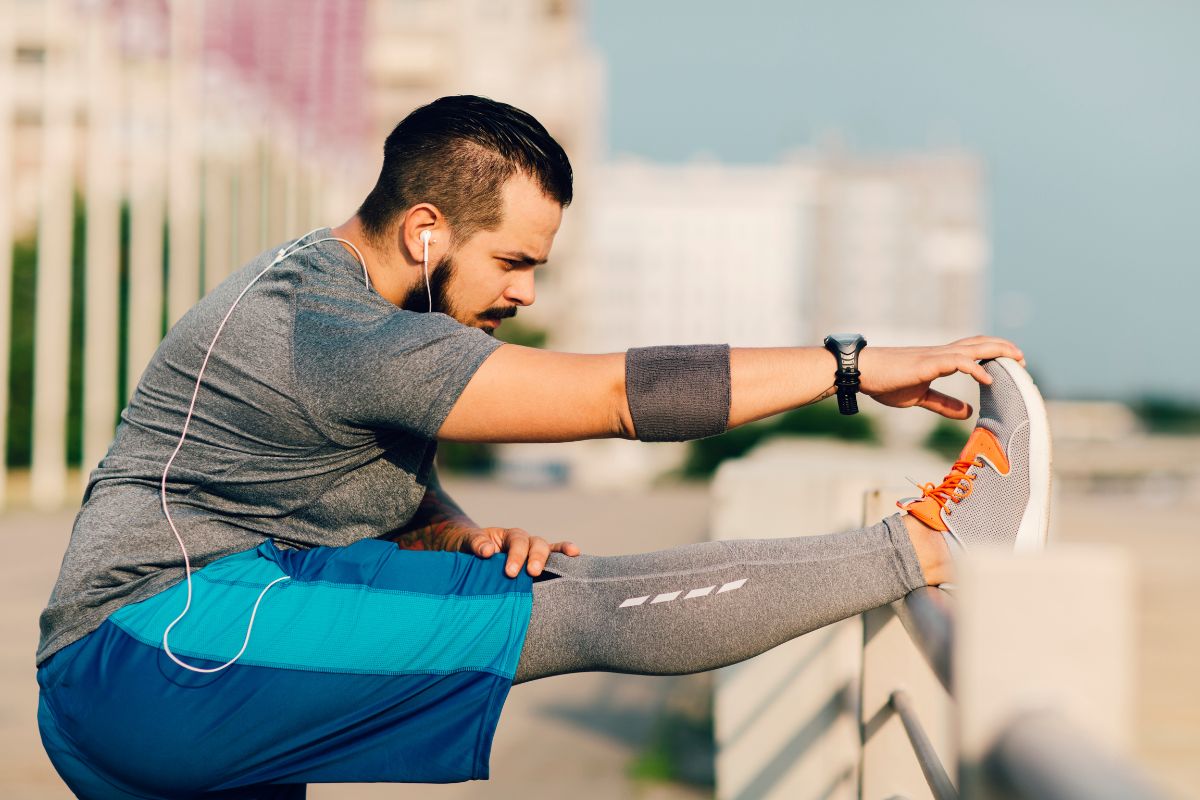Home>Health & Nutrition>Injury Prevention>A Guide To Treating Meniscus Tears For Runners
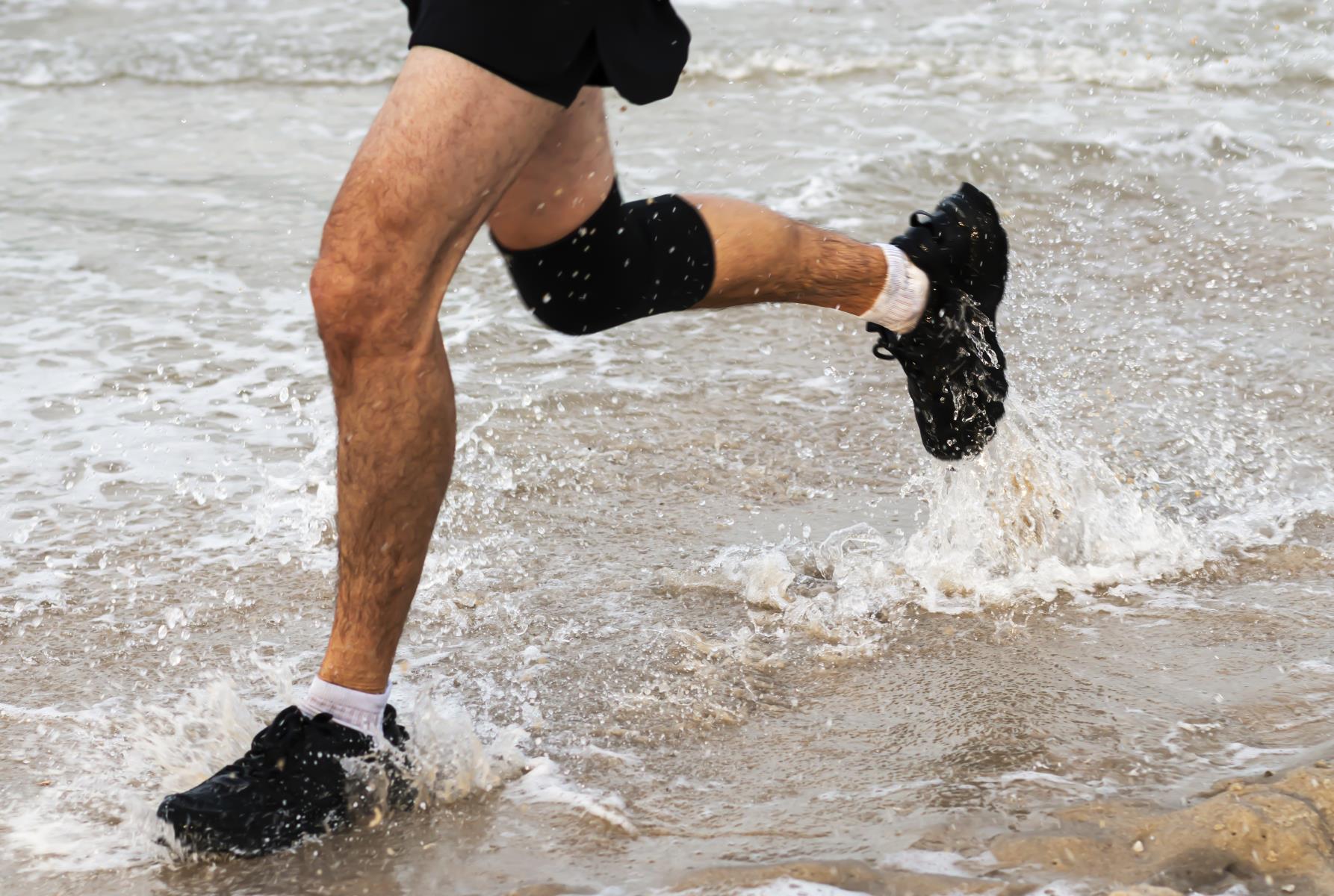

Injury Prevention
A Guide To Treating Meniscus Tears For Runners
Published: February 22, 2024
Learn how to prevent and treat meniscus tears for runners with our comprehensive guide. Discover effective injury prevention strategies to keep you on the track.
(Many of the links in this article redirect to a specific reviewed product. Your purchase of these products through affiliate links helps to generate commission for Therunningadvisor.com, at no extra cost. Learn more)
Table of Contents
Understanding Meniscus Tears in Runners
Meniscus tears are a common injury among runners, often caused by sudden twisting or direct impact to the knee. The meniscus is a C-shaped piece of cartilage that acts as a cushion and stabilizer within the knee joint. When this crucial structure is compromised, runners may experience pain, swelling, and limited mobility, impacting their ability to train and compete.
The meniscus is vital for distributing weight and providing stability during activities like running. Runners are particularly susceptible to meniscus tears due to the repetitive stress placed on the knees during training and races. The risk of injury is heightened during activities that involve sudden changes in direction or pivoting, such as trail running or sprinting.
Understanding the specific movements and conditions that can lead to meniscus tears is crucial for runners. By recognizing the potential risk factors and being mindful of proper form and technique, athletes can take proactive measures to minimize the likelihood of sustaining this injury.
Moreover, understanding the anatomy of the knee joint and the role of the meniscus can empower runners to make informed decisions about their training regimens and seek timely medical attention if they experience symptoms of a meniscus tear. This knowledge equips runners with the awareness needed to protect their knees and optimize their performance on the track or trail.
In the next sections, we will delve deeper into the symptoms, treatment options, and preventive measures related to meniscus tears, providing runners with comprehensive insights to support their overall well-being and athletic pursuits.
Symptoms and Diagnosis of Meniscus Tears
Meniscus tears can manifest a range of symptoms that significantly impact a runner's performance and overall well-being. Understanding these signs and seeking prompt diagnosis are crucial for effective treatment and rehabilitation.
Recognizing the Symptoms
- Pain: Runners with meniscus tears often experience pain, particularly along the joint line of the knee. This discomfort may intensify during activities that involve bending or twisting the knee, such as running or squatting.
- Swelling: A swollen or "puffy" appearance around the knee joint is a common indicator of a meniscus tear. This swelling may develop gradually or suddenly, depending on the severity of the injury.
- Limited Range of Motion: Runners may notice a reduced ability to fully extend or flex the affected knee. This limitation can hinder their training and race performance, prompting the need for medical evaluation.
- Popping Sensation: Some individuals report a popping or clicking sensation within the knee joint, especially when bearing weight or engaging in physical activities.
- Instability: A feeling of instability or "giving way" in the knee can occur due to a meniscus tear, impacting a runner's confidence and agility during workouts and races.
Seeking Diagnosis
Accurately diagnosing a meniscus tear is essential for developing an appropriate treatment plan. Runners experiencing the aforementioned symptoms should seek medical evaluation, which may involve the following diagnostic methods:
- Physical Examination: A healthcare professional will conduct a thorough assessment of the knee, evaluating range of motion, tenderness, and signs of swelling.
- Imaging Studies: X-rays and magnetic resonance imaging (MRI) scans can provide detailed images of the knee joint, enabling healthcare providers to visualize the extent and location of the meniscus tear.
- Specialized Tests: In some cases, specialized tests such as McMurray's test or Apley's compression test may be performed to assess the stability and integrity of the meniscus.
Importance of Timely Diagnosis
Prompt diagnosis of a meniscus tear is crucial for preventing further damage and initiating appropriate treatment. Runners should prioritize seeking medical attention if they experience persistent knee pain, swelling, or functional limitations. By promptly addressing these symptoms and obtaining an accurate diagnosis, athletes can expedite their recovery process and regain confidence in their running pursuits.
In the subsequent sections, we will explore non-surgical and surgical treatment options for meniscus tears, providing runners with valuable insights to facilitate informed decision-making and effective rehabilitation.
Non-Surgical Treatment Options for Meniscus Tears
Non-surgical treatment options play a pivotal role in managing meniscus tears, offering runners effective alternatives to invasive procedures. These conservative approaches aim to alleviate symptoms, promote healing, and restore knee function, enabling athletes to resume their training and competitive activities with minimized downtime.
Rest and Activity Modification
Rest is a fundamental component of non-surgical management for meniscus tears. Runners are advised to modify their training routines to reduce stress on the affected knee and allow the injured meniscus to heal. This may involve temporarily decreasing mileage, avoiding activities that exacerbate pain, and incorporating low-impact exercises to maintain cardiovascular fitness while minimizing strain on the knee joint.
Physical Therapy and Rehabilitation
Engaging in a structured physical therapy program is instrumental in addressing meniscus tears without surgery. Physical therapists employ targeted exercises to strengthen the muscles surrounding the knee, improve flexibility, and enhance overall joint stability. Additionally, specialized techniques such as manual therapy and therapeutic modalities may be utilized to alleviate pain, reduce swelling, and optimize the healing process.
Pain Management
Non-surgical treatment for meniscus tears often involves pain management strategies to enhance comfort and facilitate rehabilitation. Healthcare providers may recommend over-the-counter or prescription medications to alleviate pain and inflammation. Furthermore, the application of ice packs and the use of supportive braces can provide symptomatic relief, allowing runners to engage in rehabilitative exercises with greater ease.
Platelet-Rich Plasma (PRP) Therapy
Platelet-rich plasma therapy has emerged as a promising non-surgical intervention for meniscus tears. This innovative approach involves injecting a concentrated solution of the patient's own platelets into the injured knee, harnessing the body's natural healing mechanisms to promote tissue repair and reduce inflammation. PRP therapy has garnered attention for its potential to expedite meniscus healing and facilitate a quicker return to running activities.
Nutritional Support and Lifestyle Modifications
Optimizing nutrition and making lifestyle adjustments can complement non-surgical treatment for meniscus tears. Runners are encouraged to consume a balanced diet rich in nutrients that support tissue repair and reduce inflammation. Additionally, maintaining a healthy body weight and adopting joint-friendly training techniques can alleviate stress on the knees, contributing to improved outcomes in non-surgical meniscus tear management.
By embracing these non-surgical treatment options, runners can effectively address meniscus tears while minimizing the potential risks and recovery period associated with surgical interventions. It is essential for athletes to collaborate closely with healthcare professionals to develop a comprehensive treatment plan tailored to their individual needs, ultimately facilitating a successful recovery and a seamless return to their passion for running.
Surgical Treatment Options for Meniscus Tears
When non-surgical interventions do not sufficiently address the symptoms or severity of a meniscus tear, surgical treatment may be recommended to restore knee function and alleviate persistent discomfort. Surgical options aim to repair or trim the damaged meniscus, facilitating the healing process and promoting long-term joint health for runners.
Arthroscopic Meniscus Repair
Arthroscopic meniscus repair is a minimally invasive surgical technique that involves the use of a small camera and specialized instruments to mend the torn meniscus. During the procedure, the surgeon makes small incisions around the knee and inserts the arthroscope to visualize the internal structures. Sutures or anchors are then utilized to secure the torn edges of the meniscus, facilitating optimal healing and preserving the integrity of the cartilage. This approach is particularly beneficial for younger runners and individuals with specific tear patterns that are amenable to repair.
Partial Meniscectomy
Partial meniscectomy is a surgical procedure aimed at removing the damaged portion of the meniscus while preserving as much healthy tissue as possible. Through arthroscopic techniques, the surgeon trims the torn segment of the meniscus, addressing any irregularities and restoring the smooth function of the knee joint. Partial meniscectomy is often recommended for runners with complex tears or those in which repair may not be feasible due to the location or extent of the injury.
Meniscal Transplantation
In cases where a significant portion of the meniscus has been removed due to previous surgeries or extensive injury, meniscal transplantation may be considered to restore the knee's natural cushioning and stability. This intricate procedure involves grafting donor meniscal tissue onto the affected area, replicating the function of the original meniscus. Meniscal transplantation is a viable option for runners seeking long-term relief and improved joint longevity, particularly when conservative measures have been exhausted.
Rehabilitation Following Surgery
Following surgical intervention for a meniscus tear, a comprehensive rehabilitation program is essential for optimizing recovery and regaining full knee function. Physical therapy, under the guidance of a qualified professional, plays a pivotal role in restoring strength, flexibility, and proprioception in the affected knee. Gradual reintroduction to running activities, in accordance with the surgeon's and physical therapist's recommendations, allows runners to rebuild their endurance and confidence while minimizing the risk of re-injury.
Surgical treatment options for meniscus tears offer runners a pathway to address significant knee injuries and resume their passion for running with enhanced joint stability and reduced discomfort. By collaborating closely with orthopedic specialists and adhering to personalized rehabilitation protocols, runners can navigate the surgical process with confidence, ultimately returning to their training and competitive endeavors with renewed strength and resilience.
Rehabilitation and Recovery for Runners with Meniscus Tears
Rehabilitation and recovery following a meniscus tear are critical phases that enable runners to regain strength, mobility, and confidence in their knee joint. The journey toward full recovery encompasses a comprehensive rehabilitation program tailored to the individual's specific injury, treatment approach, and athletic goals.
Structured Rehabilitation Protocols
Upon receiving non-surgical or surgical treatment for a meniscus tear, runners embark on a structured rehabilitation journey under the guidance of experienced physical therapists and healthcare professionals. The rehabilitation process typically begins with gentle range-of-motion exercises and progresses to targeted strengthening activities aimed at rebuilding the muscles surrounding the knee. These exercises are designed to enhance stability, improve joint function, and mitigate the risk of future injuries.
Gradual Return to Running Activities
As runners progress through their rehabilitation program, a gradual reintroduction to running activities is carefully orchestrated to ensure a safe and effective transition. This phase involves a systematic approach to increasing running duration, intensity, and frequency while monitoring the knee's response to the physical demands. By adhering to a gradual return-to-running plan, athletes can rebuild their endurance and running proficiency while minimizing the likelihood of re-injury.
Focus on Proprioception and Balance
Rehabilitation for meniscus tears emphasizes the development of proprioception and balance, crucial elements for runners seeking to regain optimal performance. Proprioceptive exercises, such as single-leg stands and balance drills, enhance neuromuscular control and joint awareness, reducing the risk of future knee instability and enhancing overall running mechanics.
Psychological Support and Motivation
The rehabilitation journey for runners with meniscus tears extends beyond physical exercises, encompassing psychological support and motivation to navigate the emotional aspects of recovery. Athletes may encounter challenges and frustrations during the rehabilitation process, and access to a supportive network of healthcare providers, coaches, and fellow runners can bolster their resilience and commitment to the recovery journey.
Long-Term Preventive Strategies
As runners progress through their rehabilitation and resume their regular training routines, the implementation of long-term preventive strategies becomes paramount. This may involve ongoing strength and conditioning exercises, cross-training to reduce repetitive stress on the knees, and regular monitoring of any lingering symptoms or functional limitations. By integrating preventive measures into their training regimens, runners can safeguard against future meniscus injuries and sustain their passion for running with confidence.
The rehabilitation and recovery phase for runners with meniscus tears represents a transformative process that fosters physical, mental, and emotional resilience. Through dedication to their rehabilitation protocols, adherence to gradual return-to-running guidelines, and a proactive approach to long-term knee health, runners can emerge from the recovery journey with renewed strength, enhanced running proficiency, and a heightened appreciation for the resilience of the human body.
Preventing Future Meniscus Injuries for Runners
Preventing future meniscus injuries is paramount for runners aiming to sustain their long-term athletic endeavors and overall knee health. Implementing proactive measures and adopting a holistic approach to injury prevention can significantly reduce the risk of meniscus tears, enabling runners to pursue their passion with confidence and resilience.
Comprehensive Strength and Conditioning
A foundational element of meniscus injury prevention is the integration of comprehensive strength and conditioning routines into the training regimen. By prioritizing exercises that target the muscles surrounding the knees, such as the quadriceps, hamstrings, and glutes, runners can enhance joint stability and reduce the strain placed on the meniscus during physical activities. Incorporating strength training not only fortifies the supporting structures of the knee but also promotes overall athletic performance and resilience.
Cross-Training and Varied Surfaces
Diversifying training routines through cross-training activities, such as swimming, cycling, or yoga, can mitigate the repetitive stress placed on the knees during running. Engaging in low-impact exercises and varying the terrain on which running activities take place can alleviate the constant strain on the meniscus, promoting joint longevity and reducing the likelihood of overuse injuries. By embracing diverse training modalities, runners can optimize their physical fitness while safeguarding against the cumulative impact of repetitive motions on the knees.
Read more: Pizza: A Guide For Runners
Proper Running Mechanics and Footwear
Focusing on proper running mechanics and investing in suitable footwear are pivotal aspects of meniscus injury prevention. Runners should prioritize maintaining an optimal stride length, foot strike pattern, and posture to minimize excessive stress on the knees. Additionally, selecting running shoes that provide adequate cushioning, support, and stability can enhance shock absorption and reduce the impact forces transmitted to the meniscus during each stride. By fine-tuning their running technique and footwear choices, runners can mitigate the risk of biomechanical imbalances that contribute to meniscus injuries.
Gradual Progression and Recovery Strategies
Adopting a gradual progression approach in training volume and intensity is essential for preventing meniscus injuries. Runners should prioritize incremental increases in mileage and pace, allowing the body to adapt to the physical demands while minimizing the risk of overexertion and subsequent knee injuries. Furthermore, integrating effective recovery strategies, such as adequate rest, hydration, and post-run stretching, supports the body's ability to repair and adapt, reducing the likelihood of overuse-related meniscus tears.
Regular Monitoring and Professional Guidance
Regular monitoring of any early signs of knee discomfort or functional limitations is crucial for proactive injury prevention. Runners should remain attentive to subtle changes in knee function and seek professional guidance if persistent symptoms arise. Consulting with sports medicine professionals, physical therapists, or certified running coaches can provide valuable insights into injury prevention strategies tailored to individual biomechanics and training goals, empowering runners to make informed decisions about their ongoing athletic pursuits.
By embracing a multifaceted approach to meniscus injury prevention, runners can cultivate resilience, longevity, and sustained enjoyment in their running endeavors. Through the integration of strength and conditioning, diverse training modalities, biomechanically sound running techniques, gradual progression, and professional guidance, runners can fortify their knee health and pursue their passion for running with confidence and vitality.

